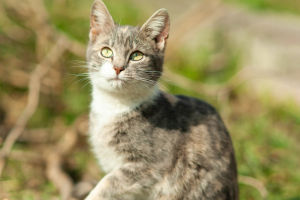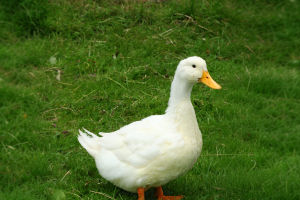Cats are known for their agility, curiosity, and independent nature, but when it comes to living space, many people wonder whether cats need a lot of room to move around.
While cats can adapt to various environments, including small apartments or large houses, the key to a happy and healthy feline isn't necessarily the amount of space but how that space is utilized and enriched.
Unlike dogs, who often require expansive outdoor spaces for exercise, cats are more versatile in their needs. They are territorial creatures who value quality over quantity when it comes to their environment. A smaller, well-organized space with vertical elements, hiding spots, and interactive features can meet a cat's needs just as well as a larger area. In fact, many indoor cats thrive in apartments as long as their physical and mental needs are satisfied.
This not only gives your cat more room to explore and move but also provides opportunities for exercise and mental stimulation. Vertical spaces allow cats to retreat, rest, and feel secure, satisfying their instinctual need to observe their territory from a higher vantage point.
Enrichment is another factor that determines how much space a cat needs. A bored cat in a large, empty room may feel more confined than a cat in a smaller, enriched environment. Interactive toys, scratching posts, tunnels, and puzzle feeders can keep your cat engaged and active.
Regular play sessions with you, using toys like feather wands, laser pointers, or small balls, also provide the mental and physical stimulation cats need. A well-enriched space helps prevent behavioral issues caused by boredom, such as scratching furniture, excessive meowing, or aggression. Cats also need designated spaces for essential activities like eating, sleeping, playing, and using the litter box.
Even in a compact home, these areas can be arranged to create a comfortable and organized environment. For example, placing the litter box in a quiet, low-traffic area helps cats feel secure while maintaining hygiene. Setting up cozy sleeping spots in different parts of the home allows cats to choose their preferred resting place, while ensuring food and water stations are placed away from the litter box respects their natural instincts.
Windows and outdoor access can make a significant difference in how much space a cat feels they have. Cats love to watch birds, insects, and the world outside, which stimulates their minds and satisfies their curiosity.
By providing vertical spaces, mental stimulation, interactive play, and organized areas for essential activities, cats can thrive in both small apartments and larger homes.
Cats do not necessarily need a lot of space to move around. A thoughtfully designed and enriched environment, regardless of its size, is the key to a happy and healthy feline companion!


